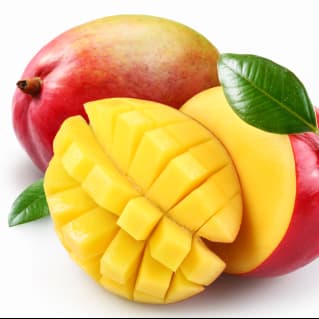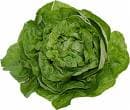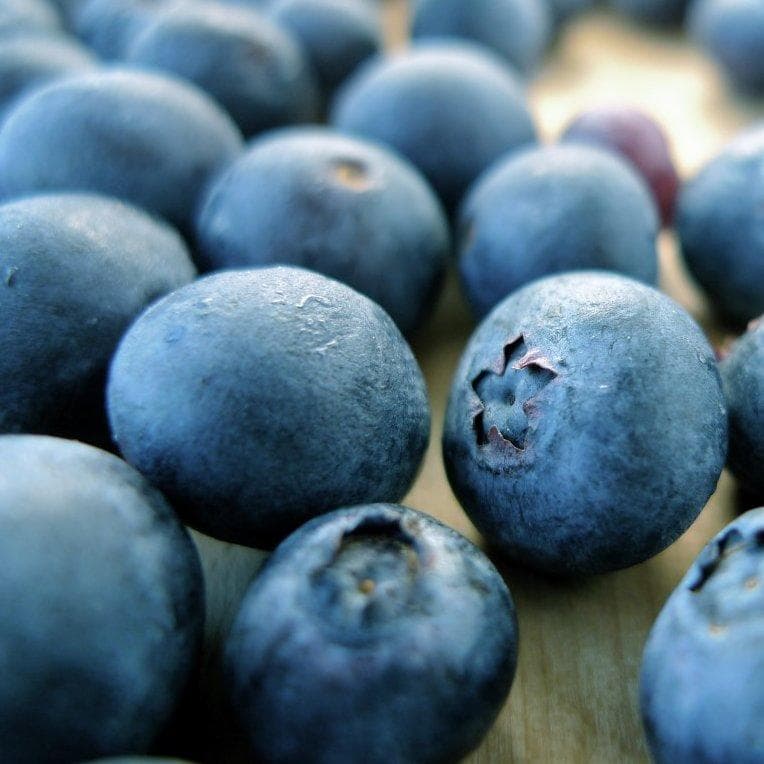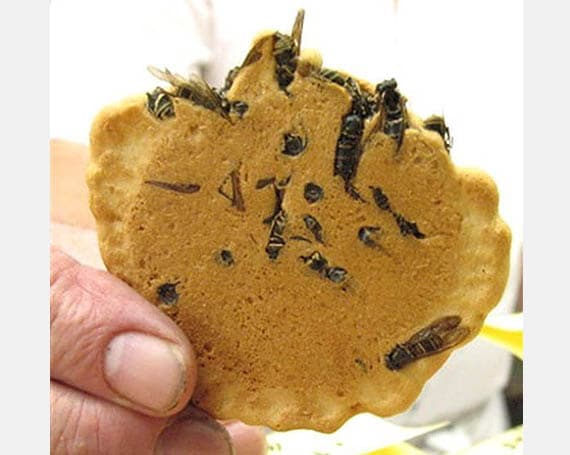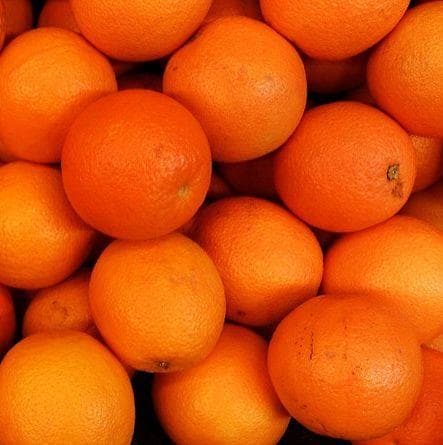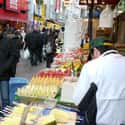-
(#3) Fruit Is Major Part Of Gift Giving
Like many other cultures around the world, Japan has a strong tradition of gift giving. Known as zōtō in the country, it revolves around giving presents to people or even organizations as a way of showing appreciation. In addition to a heavy roster of national holidays, people in Japan also exchange gifts at particular times that are set aside as festivals to say thanks. Giving fruit is also used as an honorary gesture at temples or in religious rituals. Fruit has become a popular gift for two reasons. It is something that will be used up quickly rather than taking up valuable space, and it is a healthy alternative to other food and drink items. Both are important qualities in Japanese culture, and are reflected in the country's gift-giving values as well.
-

(#11) There Are Plenty Of Unique Fruit Sold In Japanese Fruit Parlors
The need to have novelty produce that will appeal to customers as a gift has led to farmers producing all kinds of distinctive fruit that is unique to Japan. These can range from those that have different colors to their standard versions — such as sweet white strawberries — to those that come in a wide range of different shapes. As well as square watermelons, there are some that look like pyramids and even love hearts.
-

(#9) Perfection In Seeds Is Key To Growing Perfect Fruit
Before farmers even get to the growing stage, there is a stringent process by which they select the seeds that they use. Every single year they breed new strains, taking everything they have learned from the previous 12 months. Any seeds that have any weaknesses are discarded as the farmers try to make constant improvements. This allows them to aim to increase the size of the fruit, make them better looking, and ensure they are ever more tasteful.
The giant, lustrous ruby grapes that cost upwards of $85,000 per bunch are the result of years of meticulous development — they were first put on the market in 2008, but even before that they had been carefully crafted for some time.
-
(#5) Fruit Is Regarded As A Luxury Item
Unlike vegetables, which are used in a huge number of Japanese dishes, fruit has always been considered something of a luxury item within the nation. The fact it is not a common food item means that it has developed a certain quality of reverence that keeps it relatively expensive. "When it comes to fruit it is still a luxurious item, not like vegetables," said fruit business owner Hiroko Ishikawa in an interview with the BBC.
"Vegetables you need for daily life but you can live without eating fruit. So if you are to buy something you might as well buy something that looks good. You don't want scarred or deformed because you are paying for the fruit. It just looks better."
-
(#6) A Desire For Japanese-Made Goods Increases Prices
It is common in the Asian country for residents to have a strong desire to only want to consume goods manufactured or grown in Japan. This distaste for importing fruit from other regions means that prices for domestically grown fruit has risen dramatically. "It's the mind of Japanese," explained Hiroko Ishikawa, who is a fruit distributor in Japan. "Japanese-made is better." Even regular items such as apples or grapes can cost significantly more than they would in Europe or the United States.
-
(#8) A Huge Amount Of Effort Goes Into Growing The Fruit
Unlike in other parts of the world where farmers tend to focus on quantity more than quality, Japanese fruit farmers will labor to ensure that they get the most luxurious produce possible. For this process to work effectively, the growers have to limit how much fruit they can create. This gives them the time to produce things like high quality melons.
The fruit will often be grown in special greenhouses that keeps the seeds at a constant temperature and humidity for best results. The fruit will then grow uniformly, with any ones that show even minor deformities plucked. Workers are kept on constant call to adjust heaters and to provide extra water or fertilizer at any time of the day or night depending on the weather.
CNN interviewed a strawberry farmer in Japan named Okuda Nichio, who has spent years attempting to perfect his tennis-ball sized, "scoop-shaped" strawberries, known as "beautiful princess" berries. Nichio admitted,
"It's hard getting the shape of these strawberries right — they can sometimes turn out like globes. It's taken me 15 years to reach this level of perfection."
New Random Displays Display All By Ranking
About This Tool
Muskmelon is an early-maturing thin-skinned variety of Muskmelon with wide adaptability, fruit weight of about 450 grams, good fruit setting, fruit ripening 35-40 days after fruit set, fruit light green, turning yellow at maturity, not easy to crack fruit, good uniformity, high sugar content, rich nutrition, good storage and transport resistance, like adequate light, developed Root System, disease resistance and adaptability, easy to cultivation. Planted melons taste great and are sweet to all melons. The tallest of the cantaloupes, the melon is neatly shaped and Tangy, an advantage that no other growing area has been able to match. sweetbread has a crisp, sweet and refreshing skin. The melon is fragrant, and the shape of the melon is neat, with a greenish tinge, a Pale yellow, and bright color.
The random tool generated 11 entries for the 11 most popular melon varieties in Japan. Melon fresh and juicy, thin skin thick flesh, is rich in vitamin C one of the fruits. With this tool, you can find out why the Japanese people love cantaloupes. Some people give it as a gift, some like its shape, and some like the sweet taste of the fruit.
Our data comes from Ranker, If you want to participate in the ranking of items displayed on this page, please click here.




